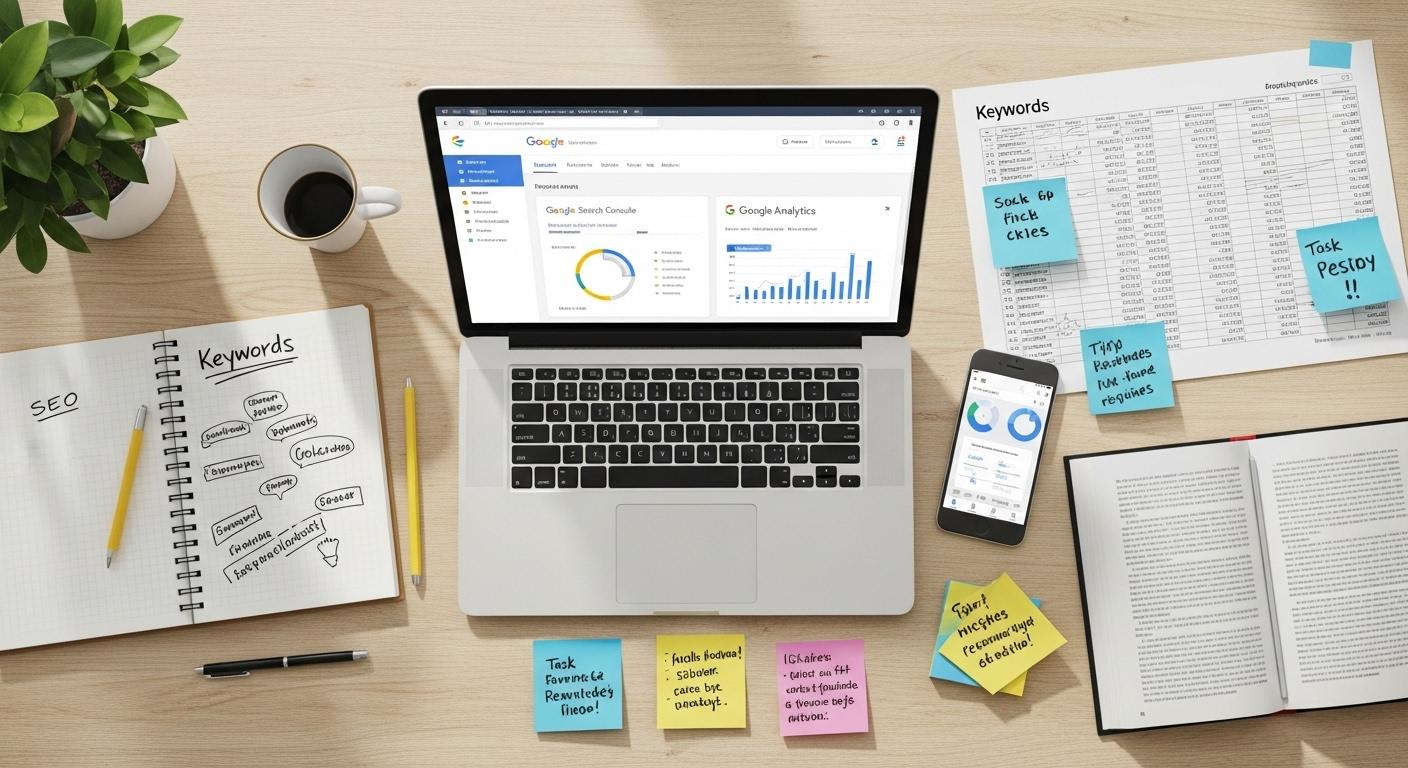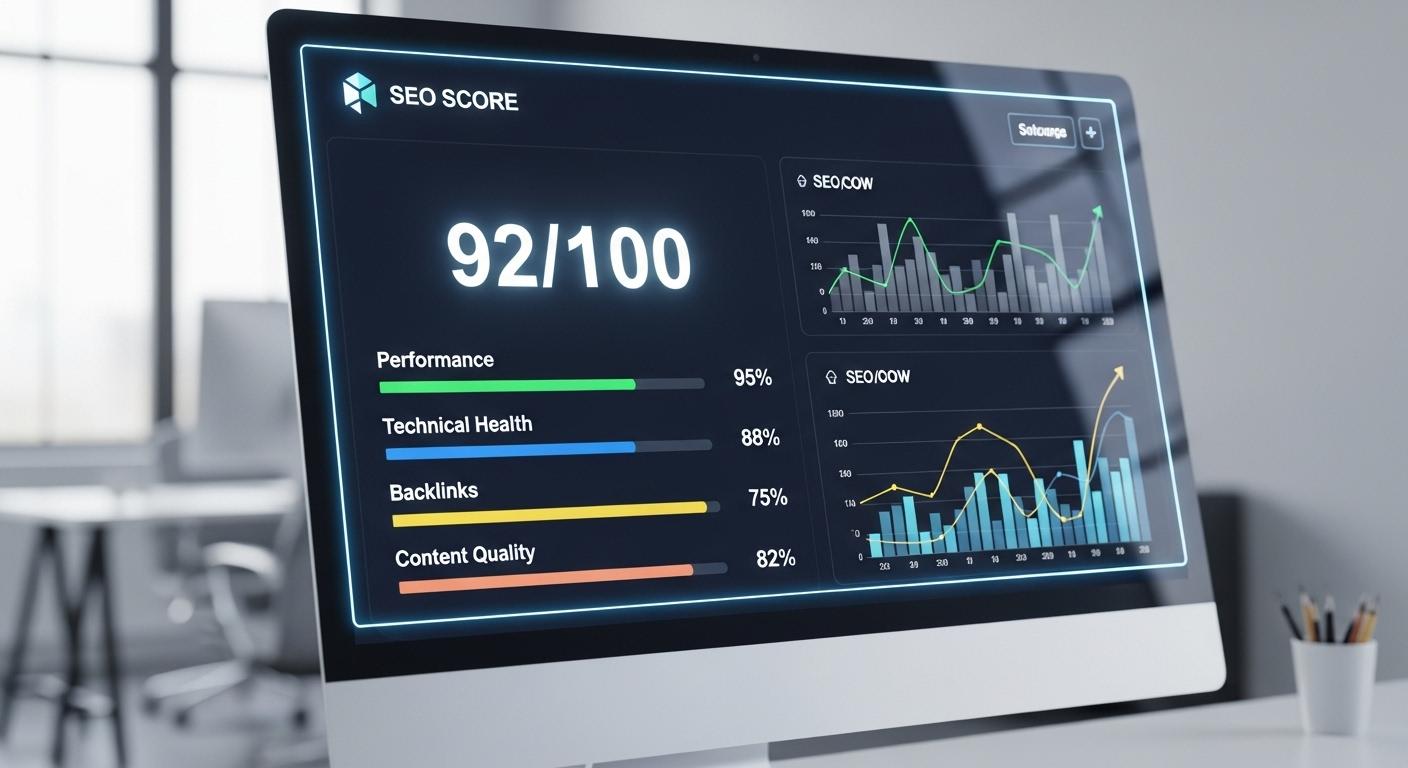
In 2025, having a website is essential for any business, but pricing can vary dramatically. Whether you're running a startup, expanding an online store, or managing a large corporation, website development costs depend on your specific goals and requirements. We'll explain the key factors that influence costs and clarify what you get for your investment.
The demand for custom, mobile-friendly, and fast-loading websites has increased significantly. Companies want eye-catching designs, quick load times, and flawless performance across all devices. Corporate websites need polished aesthetics and robust features to establish credibility and build trust with customers.
E-commerce platforms require secure payment processing, scalability, and user-friendly interfaces to increase sales. Costs range from a few hundred dollars for basic sites to tens of thousands for complex projects. We'll explore design complexity, functionality, and ongoing support so you'll understand what drives the price.
A well-planned website is more than just an expense—it's a crucial investment in your brand's growth and competitive advantage in today's crowded digital marketplace.
Average Website Development Costs in 2025 — A Quick Overview
Understanding what the average cost of website development is helps businesses budget effectively. In 2025, prices vary based on site type, features, and who builds it. Here's a realistic price range for different websites and the various options that impact development costs:
- Basic Site ($500–$2,000). Simple portfolios or landing pages using templates with minimal features.
- Small Business Site ($2,000–$6,000). Custom designs with SEO optimization and basic functionality like contact forms.
- Custom/Corporate Site ($6,000–$15,000+). Custom designs with advanced features for professional branding.
- E-commerce Site ($5,000–$30,000+). Includes payment gateways, product catalogs, and security features.
The average cost of web design depends on your approach:
- Freelancers. Charge $20–$80 per hour. This is an affordable option, but freelancers may lack broad expertise or quick turnaround times. Best suited for simple projects.
- Agencies. Charge $50–$200 per hour. They offer teams with diverse skills, making them ideal for complex or corporate sites. Higher cost but more reliable results.
- DIY Platforms. Tools like Wix or Squarespace cost $100–$500 per year. These are inexpensive but offer limited customization and scalability options.
Choose based on your budget and needs. Freelancers work well for small sites, while agencies handle e-commerce or corporate projects better. DIY platforms work for basic setups. Plan for ongoing maintenance to keep costs predictable.
Key Factors That Influence Website Pricing
Several factors that affect website pricing determine how much you'll invest in your website. From design to functionality, these elements shape web design costs. Understanding them helps you budget effectively in 2025:
- Design Complexity. Custom designs with unique visuals or animations cost significantly more ($5,000–$20,000+) than template-based designs ($500–$2,000). Custom work requires more time and specialized expertise.
- CMS or Platform Used. WordPress is a cost-effective option ($2,000–$10,000) that offers flexibility and has an extensive plugin library. Shopify works well for e-commerce but includes ongoing subscription fees ($5,000–$30,000). Custom-coded sites are the most expensive option ($15,000–$100,000+). How much will website development cost? Factor in not only the platform but also design complexity and maintenance requirements. Each option suits different business goals.
- Functionality. Basic sites with simple contact forms cost less than those requiring e-commerce capabilities, booking systems, or CRM integrations. Complex features like payment gateways or API integrations can drive costs up significantly ($10,000–$50,000+).
- Content Volume and SEO Setup. Sites with many pages or extensive content (blogs, product catalogs) require more development work. Professional SEO optimization, including keyword research and on-page optimization, adds $500–$5,000 to overall costs.
Web design costs vary based on how each factor applies to your project. A small business using a WordPress template with basic features typically costs less than an e-commerce site requiring custom design and secure checkout functionality. Planning for these pricing factors helps align your project with business goals while avoiding unexpected expenses.
The Hidden Costs You Should Budget For

When budgeting for a website, don't overlook hidden costs that add to your total investment. These expenses can surprise you if not planned for properly. A website requires ongoing investment, not just a one-time expense. Here's what to include in your cost of web design:
- Domain & Hosting Fees. Domain names cost $10–$50 per year. Hosting ranges from $50 to $500 annually, depending on traffic volume and performance requirements.
- Ongoing Maintenance and Updates. Regular website maintenance includes security patches, backups, and software updates. Expect to pay $50–$500 per month for professional maintenance services.
- Stock Photos, Plugins, and Analytics Tools. Premium images cost $5–$50 each. Plugins and tools like analytics software add $10–$200 annually. These enhance both functionality and visual appeal.
- SEO and Marketing Setup. Professional SEO optimization, including keyword research and technical setup, costs $500–$5,000. Marketing tools like email platforms add $100–$1,000 per year.
Planning for these costs helps avoid budget surprises. Budgeting for a website as a long-term business asset means making regular investments in maintenance to keep it secure, fast, and competitive while ensuring it continues supporting your business goals effectively.
Cost Breakdown by Website Type (Personal, Business, E-commerce)
Web design prices vary significantly depending on the type of website you need. Understanding development costs by category helps set realistic budgets. Here's a comparison of average prices for personal, business, and e-commerce sites, along with factors that increase costs:
- Personal or Portfolio Websites ($500–$2,000). Simple sites showcasing work or personal information. These typically use templates or basic content management systems like WordPress, with minimal features such as galleries or contact forms. Lower cost of web page design results from straightforward design and basic functionality requirements.
- Small Business Websites ($2,000–$6,000). Professional sites for local businesses that include custom designs, SEO optimization, and mobile responsiveness. Features like blogs, booking forms, or customer testimonials add complexity. Costs increase due to tailored branding needs and moderate functionality requirements.
- Full-Scale E-commerce Stores ($5,000–$30,000+). Complex websites featuring product catalogs, payment gateways, and secure checkout processes. These require scalability and high performance under heavy traffic loads. Design costs increase due to dynamic content needs, transaction security requirements, and the necessity for fast loading speeds during peak usage.
Personal sites keep costs low through simplicity. Business sites invest more in branding and user experience. How much does website development cost? E-commerce stores face higher prices due to robust inventory management systems and secure payment processing requirements. Budget according to these differences to align with your specific goals.
How to Choose the Right Web Design Option for Your Budget
Choosing the right web design option means balancing your goals with available budget. This website pricing guide helps you avoid overspending while meeting your needs. Focus on long-term value, not just the cheapest upfront option. Here's how to align your budget with the right choice:
- DIY Builders ($100–$500/year). Platforms like Wix or Squarespace offer affordable solutions ideal for personal sites or tight budgets. They provide limited customization options but are quick to set up and launch.
- Freelancers ($500–$5,000). Charging $20–$80 per hour, freelancers work well for simple projects like portfolios or small business websites. However, they may lack resources for complex needs or long-term scalability.
- Web Agencies ($5,000–$30,000+). Charging $50–$200 per hour, agencies offer expert teams for custom or e-commerce sites. They provide reliability, ongoing support, and advanced features for complex projects.
- Template-Based vs. Custom Design. Templates cost less ($500–$2,000) but offer limited uniqueness. Custom designs ($5,000–$20,000+) provide tailored branding and specialized functionality that reflects your business identity.
What is the average cost of web design? The answer depends on your specific goals and requirements. DIY platforms suit basic sites but may not scale with business growth. Freelancers save money initially but often lack the resources of larger teams. Agencies deliver comprehensive value for complex projects that require ongoing support.Prioritize long-term performance and growth potential over short-term savings. Contact Mettevo for professional consultation on your website development needs.
learn with mettevo
view blog


Are You Ready To Grow Your Website?
Understanding the ins and outs of website growth, we help ensure that your site grows over time with ever-increasing reach and accessibility. Not only do we employ the latest digital marketing techniques for driving traffic directly to your website, but our strategies also focus on gaining loyalty from those visitors so they come back again and again.
Leave your contacts to get a comprehensive and aggressive digital marketing plan taking your business to new heights.